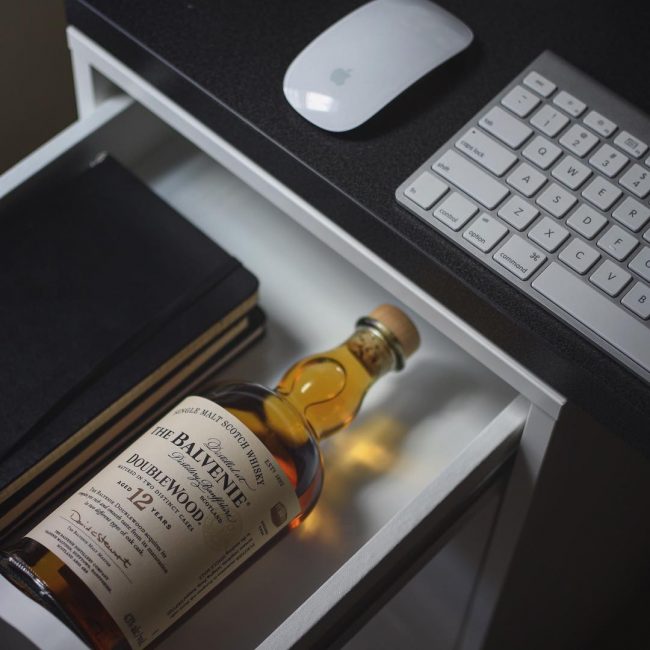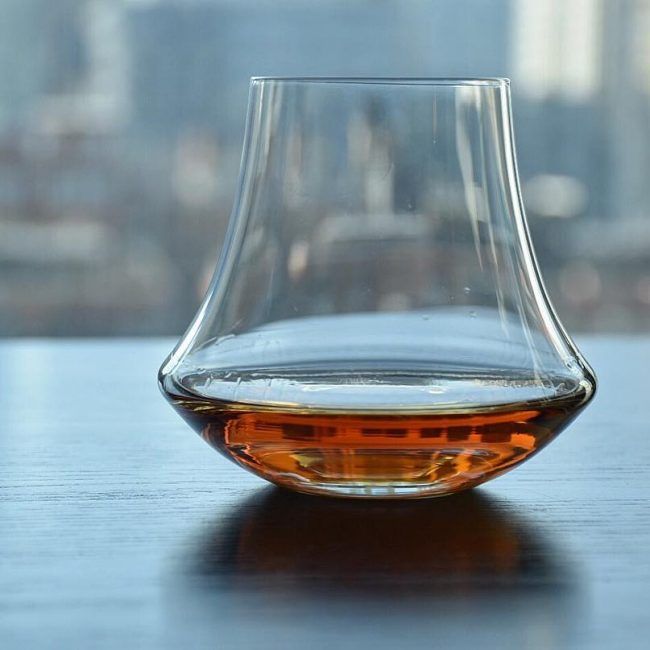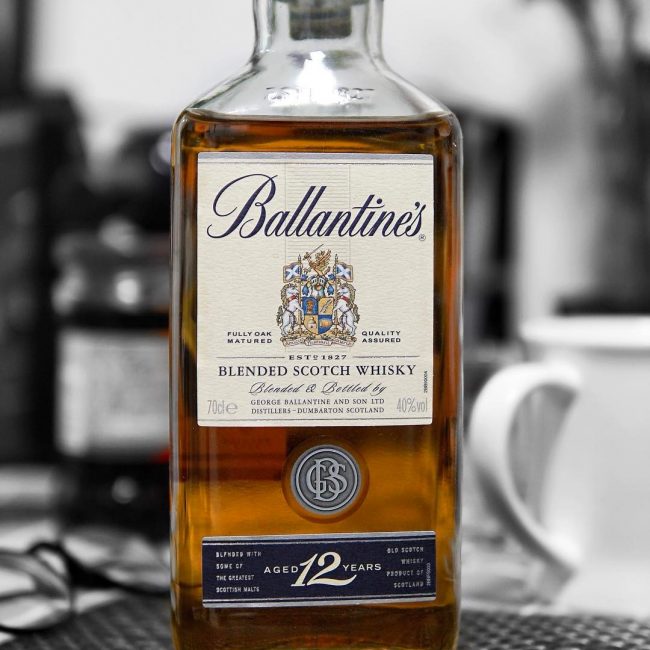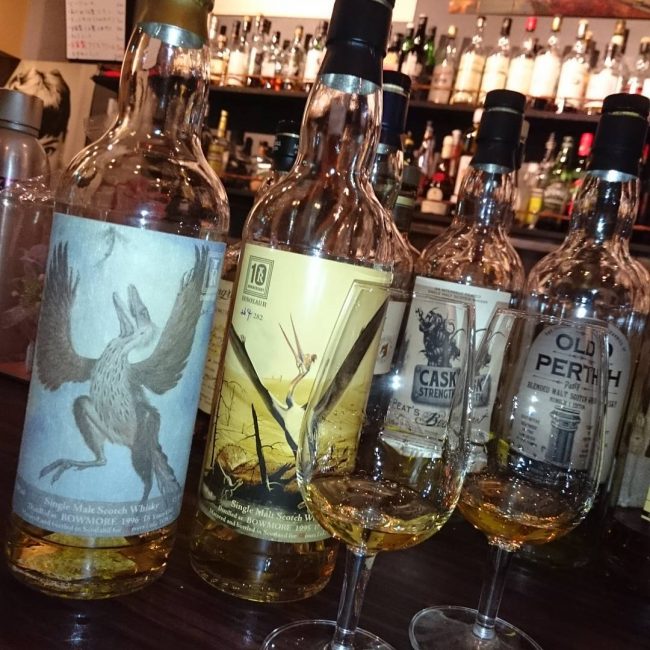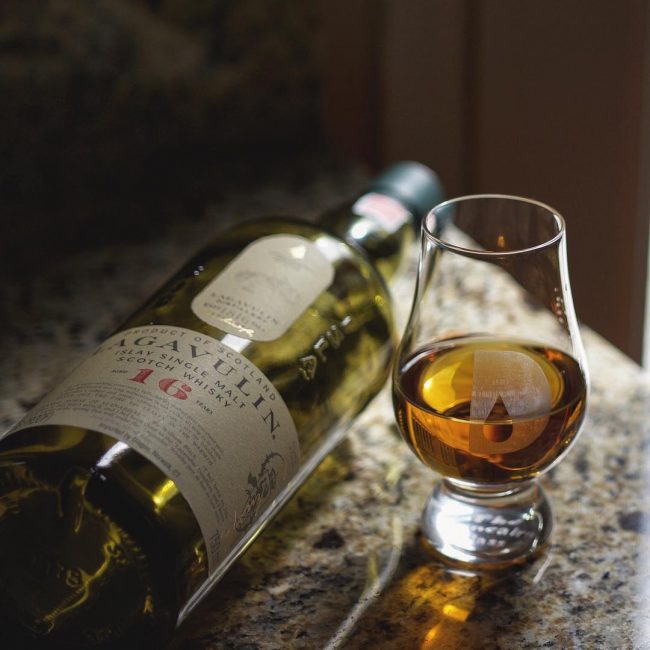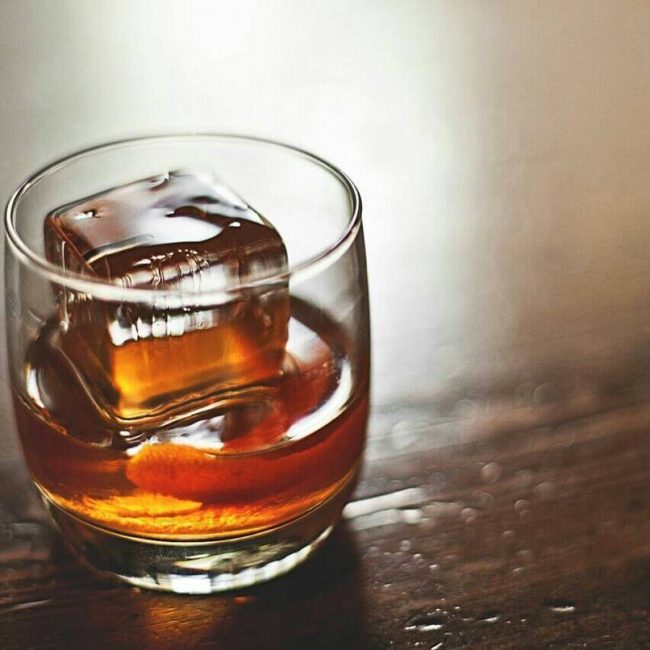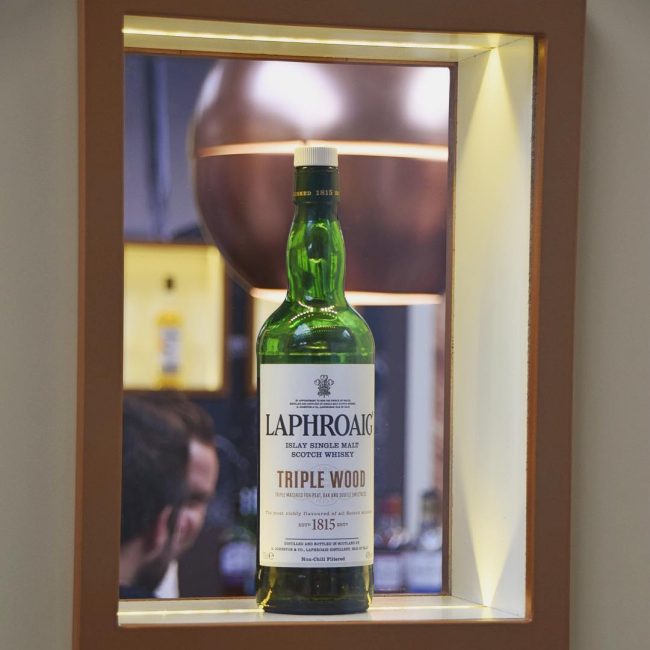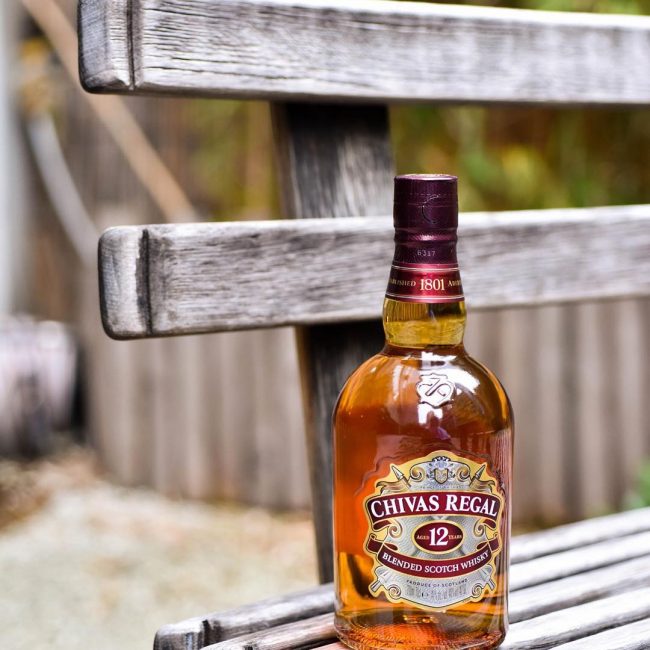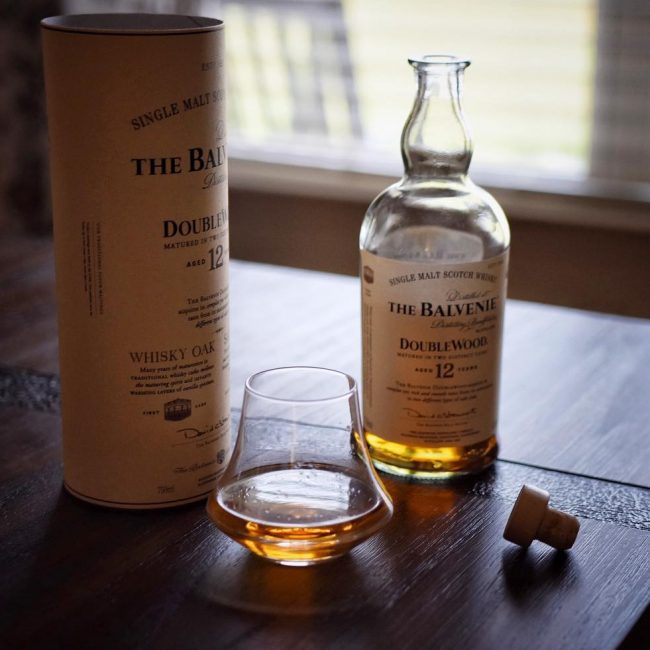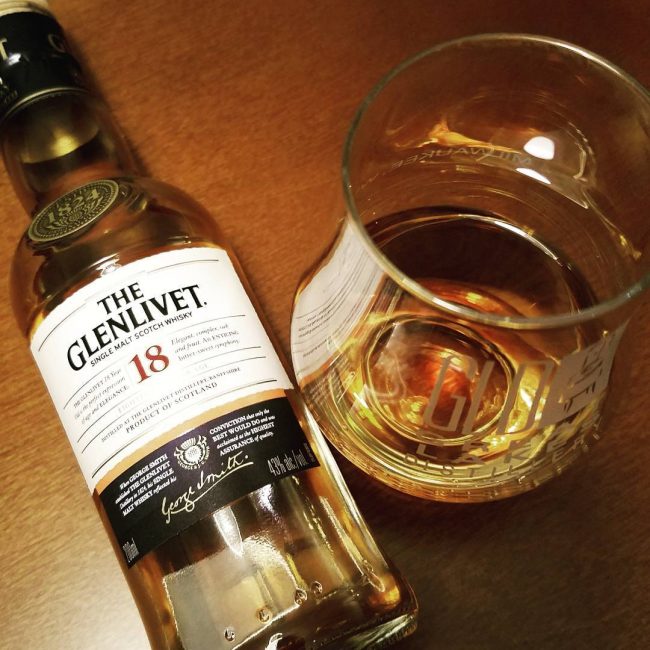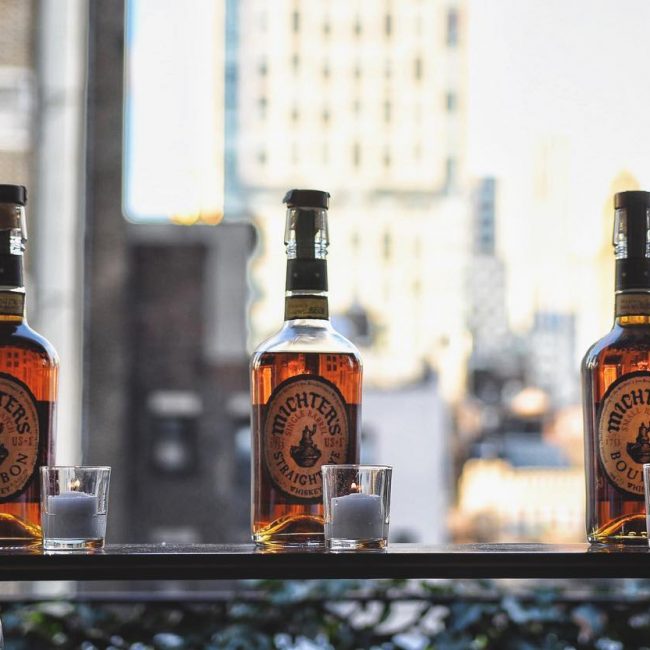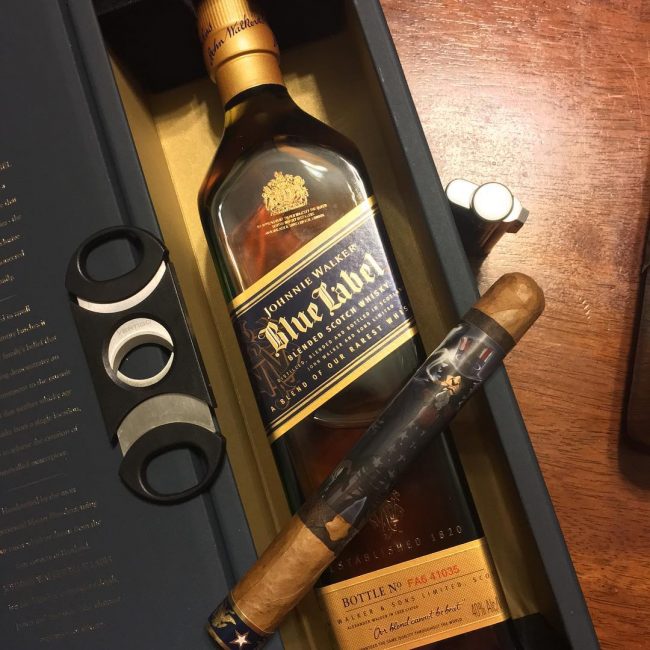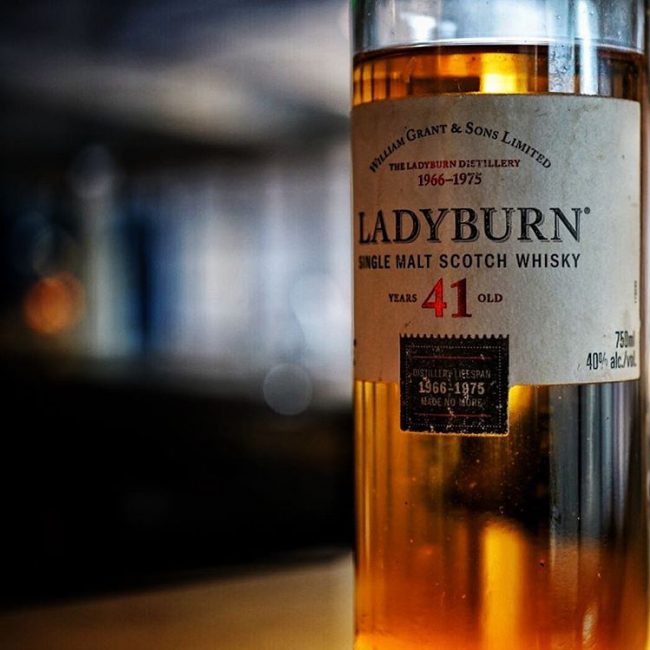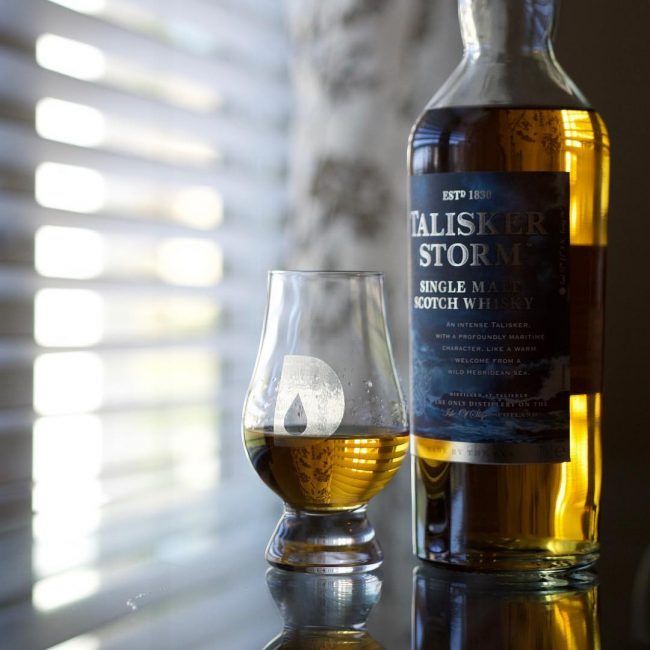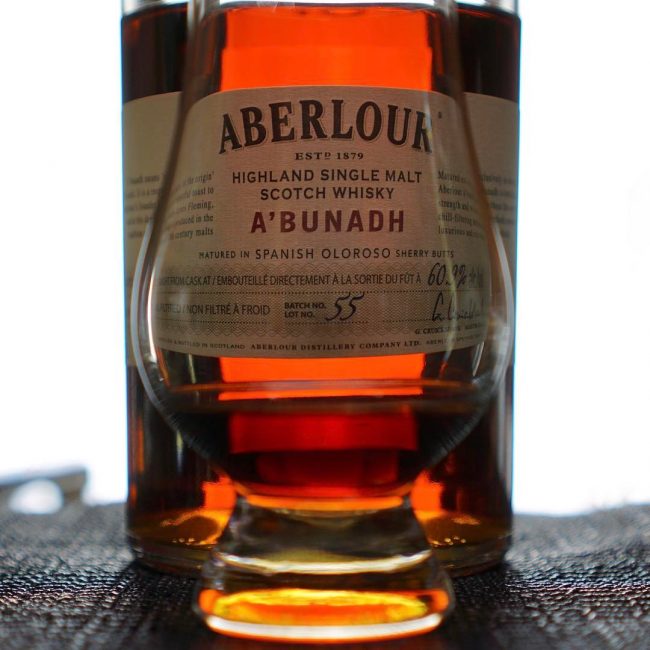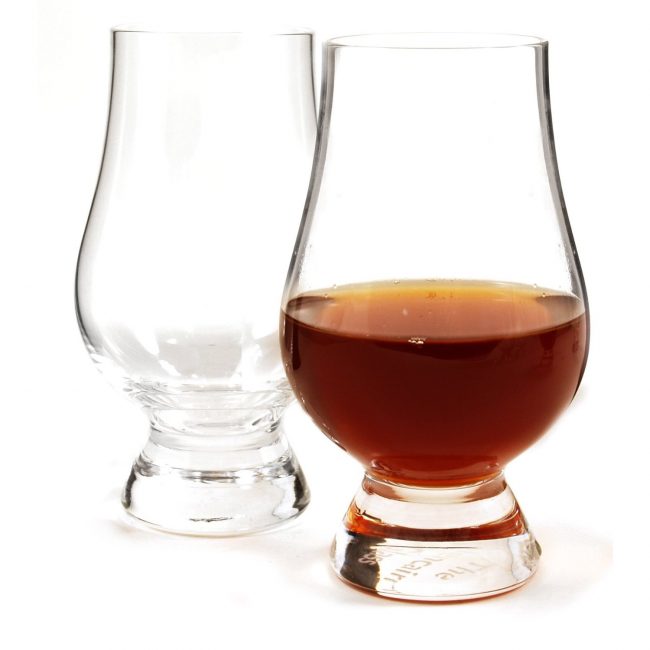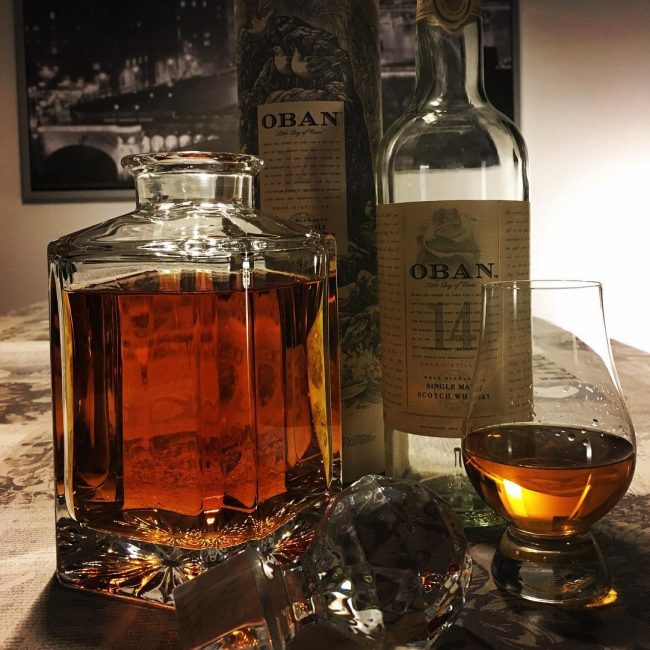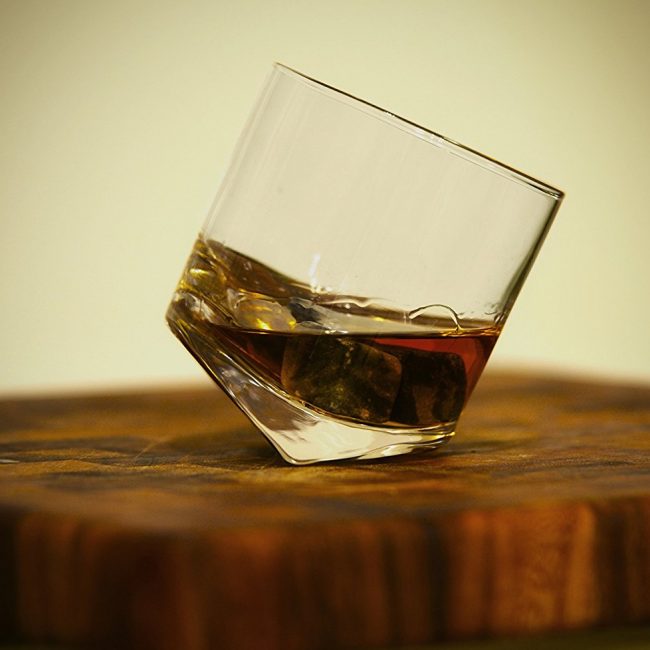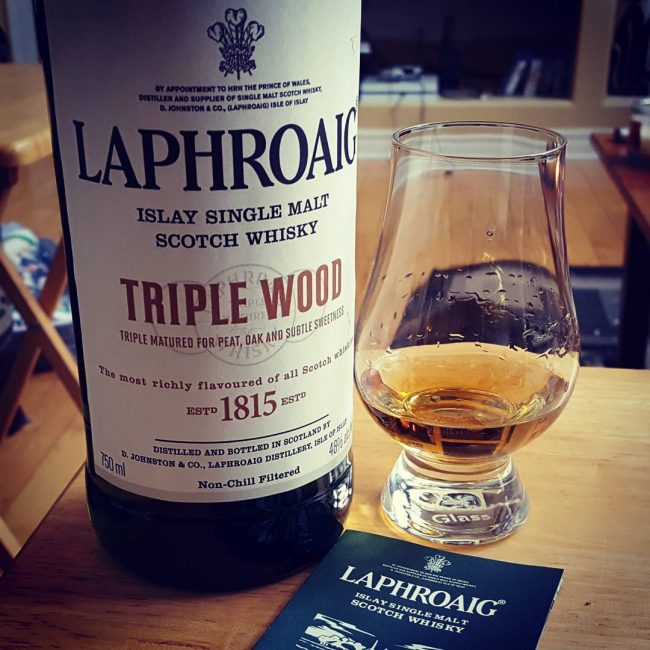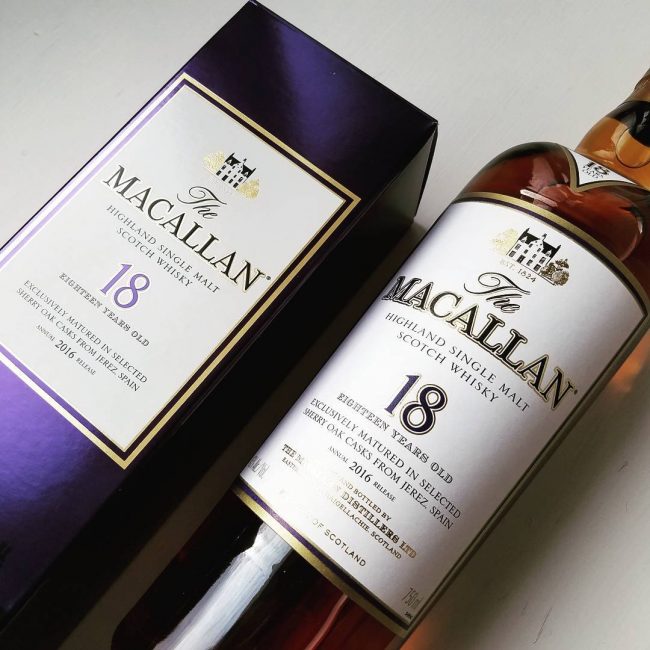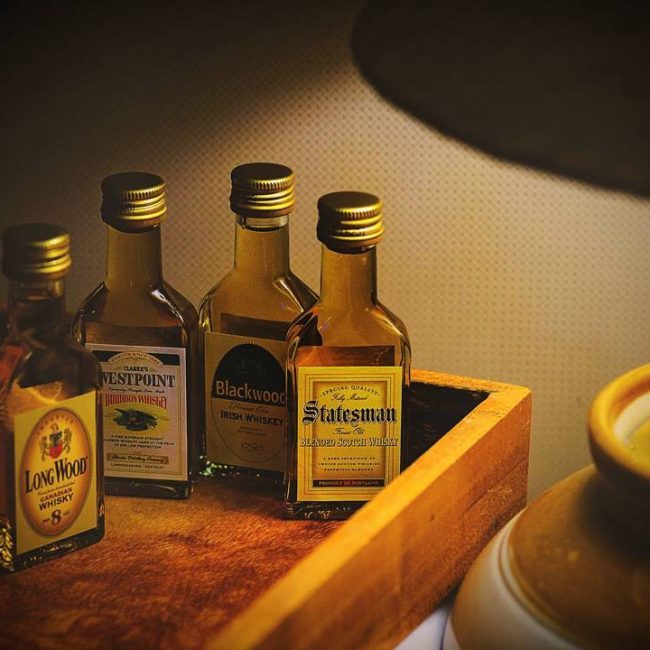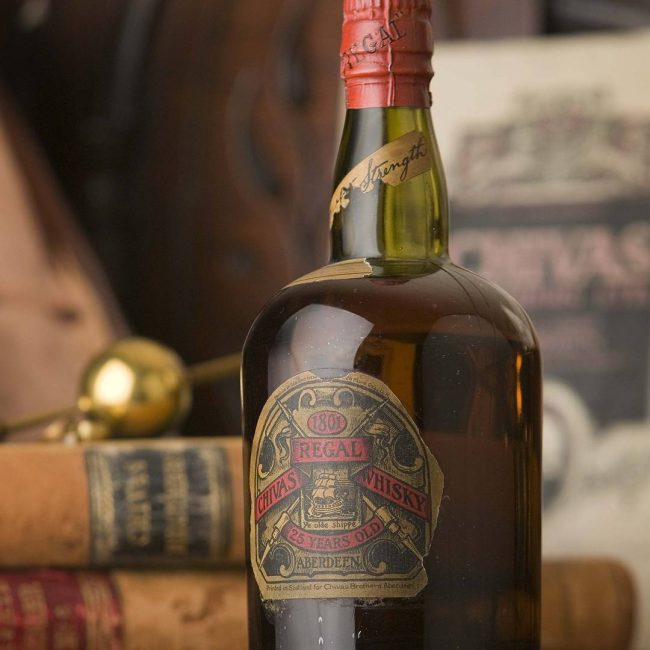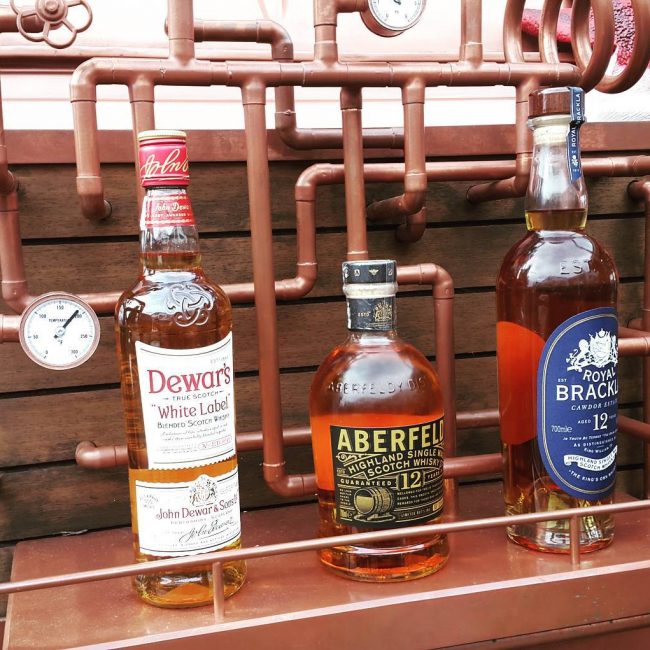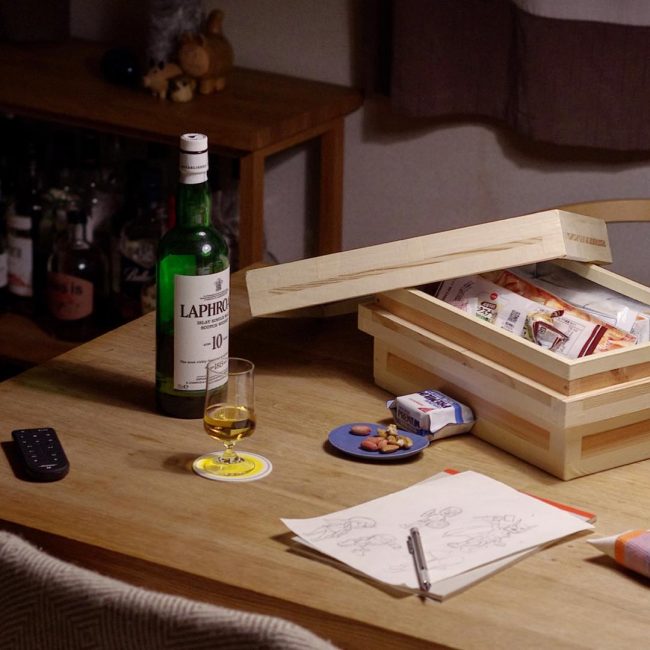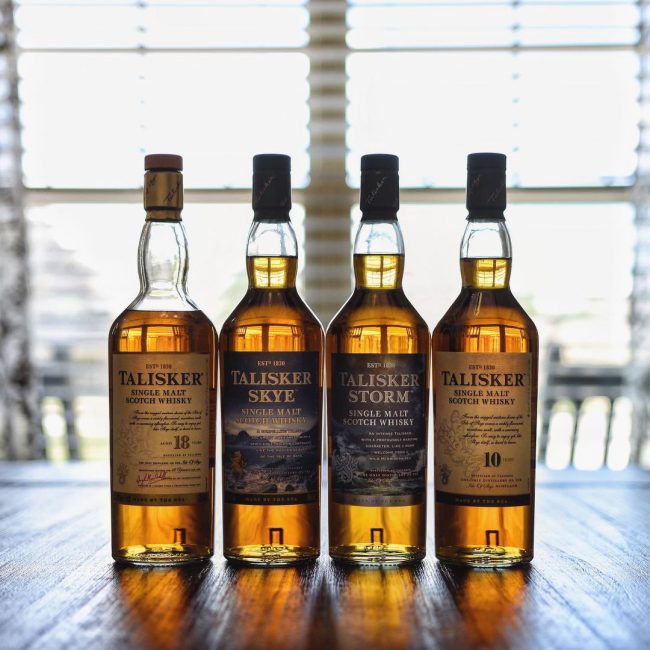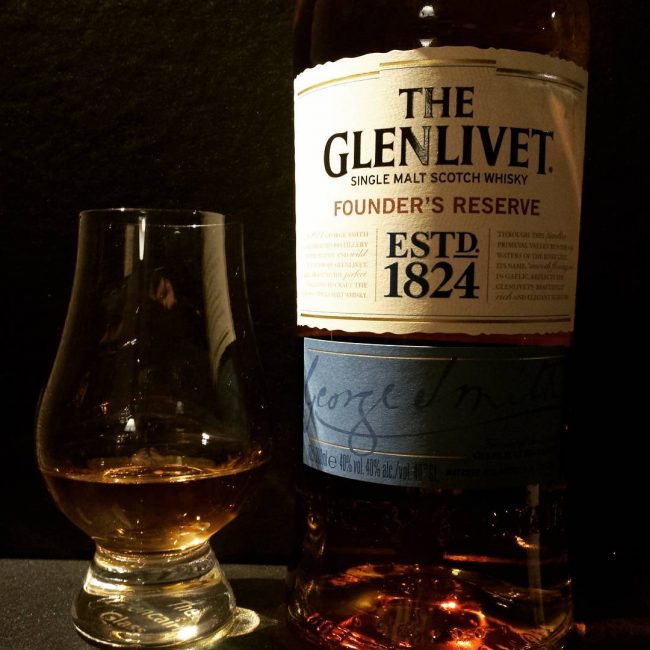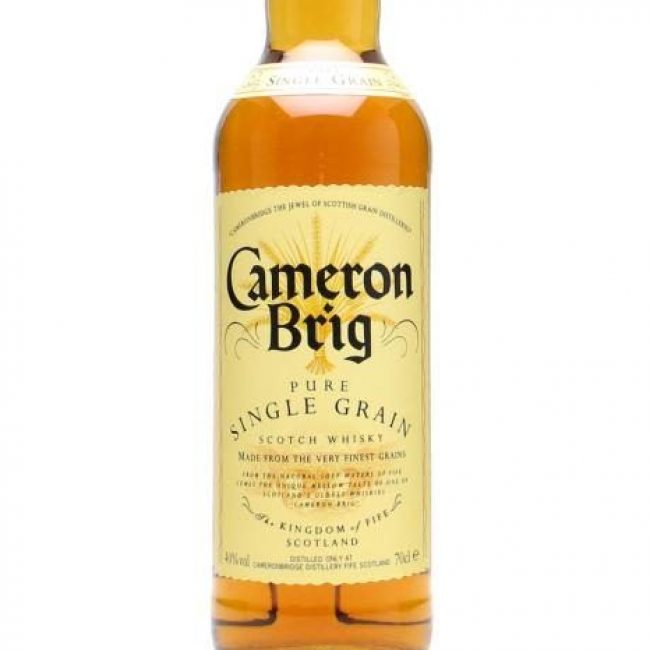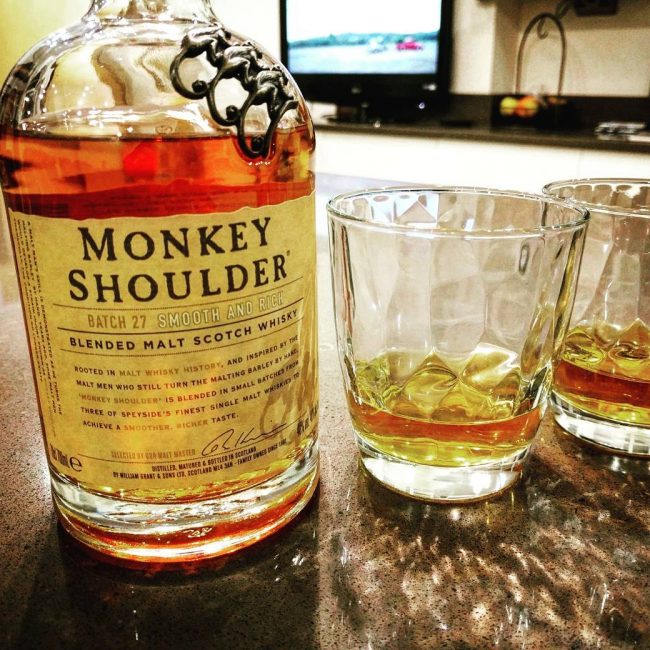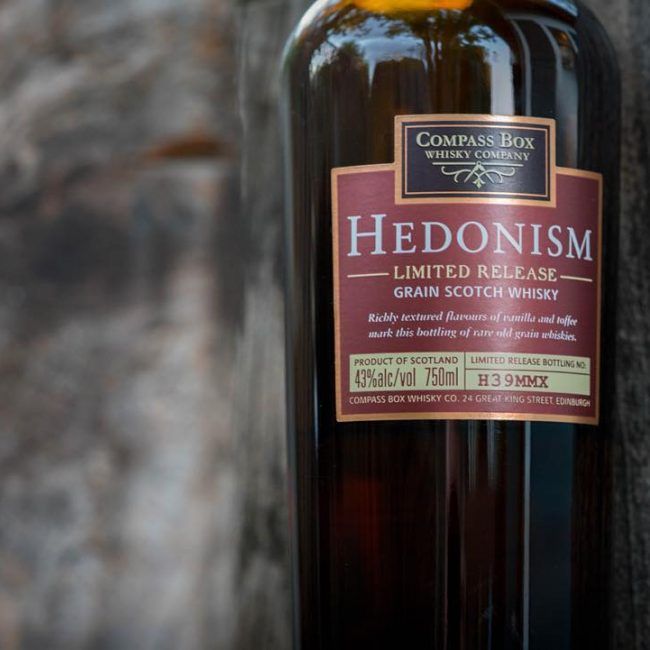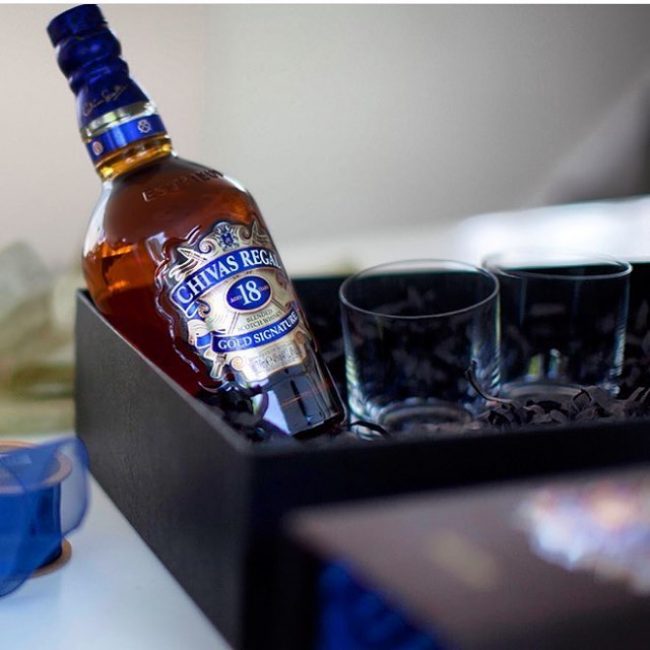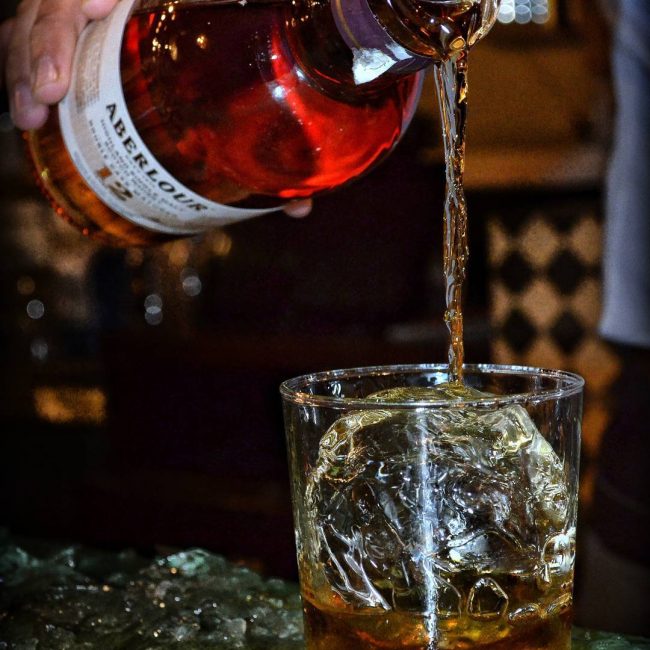Even before it was highly popularized on Mad Men, Scotch was the atypical gentleman’s drink of choice. Smooth, amber and fluid, it speaks of class, elegance, and deep-seated wisdom. On the rocks, in a cocktail, or straight up, there is something that Scotch that men simply find irresistible. However, there’s more to drinking Scotch than sampling grabbing your favourite brand, upending a double or two into a glass, and guzzling away. The very act of drinking Scotch is a ceremony – a sort of art that you need to understand and observe. Like with any other form of art, you need tons of practice. With this guide, you should have an easy time learning everything there is to know about Scotch. All you need to do is get a good Scotch, the classic whisky glass, and a sense of camaraderie and you’ll be good to go.
Contents:
Top 15 Tips for Drinking Scotch
Like with any other topic, it is vital that you educate yourself well. This is the only way you are going to understand the intricacies of the subject you’ve set your mind on. With Scotch, we would highly recommend that you enroll for a beginner tasting class. Google it and you are sure to find somewhere local to do a tasting. You should also carry a notebook to write any new findings you will land upon.
In case you are at a proper Scottish bar or pub, consider asking the bartender for additional advice. They will mostly help you choose something you are likely to enjoy. The most competent bartenders are usually knowledgeable about Scotch and will lead you towards the right direction. While shopping at a liquor store, ask the local clerk to help you out. They will take you through the different bottles, and guide you to the right Scotch for your particular tastes and preferences.
Establishing a good relationship with liquor store clerks is actually beneficial. By so doing, your clerk will always call, message, or email you whenever there are new additions to their store. Some will even open bottles just for you to taste and spend some time discussing the passion you share for whisky. Of course, this will only happen when there isn’t a lot of traffic at the store.
Another alternative would be to buy the Whisky Bible by Jim Murray. Priced at under $20, this is perhaps the handiest of hard copy guides to understanding Scotch. It will provide you with tons of information that will prove beneficial in your journey to learning more about Scotch. That said consider the following tips for choosing, serving, and drinking Scotch:
back to menu ↑Choosing Scotch
Scotch whisky, one of the primary exports from Scotland, has inspired a near cult like devotion in various gentlemen’s clubs and select drinking circles. Known for its peaty, pungent aroma and long lingering finish, Scotch is designed for sipping and not for shooting.
While all whiskeys (or whisky) can be enjoyed by anyone interested in spirits, Scotch is a reserve for those who like a dash of water with their drink and a good circle of merry friends. In the sections below, you will learn how to choose the right bottle for your particular tastes and preferences:
1. Differentiate between Blends and Single-Malts
Perhaps the most important distinction among the different varieties of Scotch is the ability to differentiate between a blend from a single-malt. This ability will enable you to understand the whisky even before you bring it up to your lips and take a sip.
So, what’s this technical difference you ought to know about? A single malt is 100% barley. Made from just water at a single distillery, a single malt Scotch might contain whiskies from a number of barrels and/or batches. To this end, a single malt from the Bruichladdich distillery would have it matured in different barrels but it will only have whisky that was distilled at Bruichladdich.
Blended malts, on the other hand, are made by mixing 2 or more single malts produced in different distilleries. Tons of distilleries tend to sell their whisky to be used in a blend. Then, the independent bottlers identify the distilleries that produce good whiskies, place orders, and blend it all together. The name on the bottle, to this end, is usually of the general geographical area where the blending occurred (or where the different single-malts were distilled).
2. Don’t Necessarily Prefer Single Malts over Blends
Even though the single malt trumps the blend – as you will see from the price tag attached to the bottle – there are a number of tasty blends you might want to try. Some of these blends are actually smoother than the individual single malt.
Overall, however, you are going to get more quality from a single malt. However, seeing as they are so expensive in comparison to blends, you should consider reaching out for a blended bottle from time to time. As a Scotch enthusiast, it would help your case if you were agnostic and judicious in your choice. Don’t be an utter and complete snob; doing so will only take the fun out of drinking Scotch like a gentleman.
3. Age
Another tip to buying Scotch you should know is that these types of whisky tend to improve with age. The Scotch will typically be aged for a minimum of 3 years in oak barrels. At times, the distillery will use barrels that were previously used to age bourbon or sherry.The oak itself, of course, will vary. Whereas some distilleries will prefer American oak casks, others will use European oak.
What is certain, however, is that the process of letting the Scotch age inside the barrels – sometimes over several decades – produces a smoother, finer product. So, why is this the case? Oak is porous. Therefore, when Scotch is housed in an oak barrel, it will seep through the pores in the wood. In the process, it will pick up the unique flavor of the oak. As the whisky continues aging, a small portion of its alcohol content will evaporate. The net result will be a mellowed flavor. This evaporated portion is typically referred to as the angel’s share in Scotland.
Sometimes, the distillery will char the barrels before introducing the spirit. By so doing, they will lend a unique flavor to the whisky. Charred wood is also very effective at purifying alcohol. As the Scotch ages, the carbon left inside the charcoal will filter some impurities away. After the intended age has been reached, the distillery will give the Scotch a finish. This means that it will be aged in one oak cask for most of the aging process.
Later on, it will be transferred to another cask for a given period of time – anywhere between 6 and 12 months. By so doing, the distillery will lend a richer flavor profile to the Scotch. Once it has been bottled, however, Scotch won’t continue aging. However, it will lose some of its alcoholic content through evaporation. Therefore, it will mellow although most of the deep flavor will already have been developed when it was in the cask.
4. Always Buy Natural Whisky
As far as possible, desist from choosing Scotch that has added colorants. Some marketers give caramel color injections to their whiskies before bottling. This is done to enhance and maintain the visual consistency of the brand. Our advice: Steer clear of such whiskies. If the taste is good, you can be sure that the color should not bother you. The colorant in whisky says one thing about their product – if they are willing and bothered to lie about the coloration of their product, you never know what else they would be willing to lie about.
5. Location
You should always take good note of where the whisky was produced. Whereas whisky might come from anywhere around the globe – Japan, Australia, Ireland, and the US make their own fine whiskies – you should start your journey of discovery by choosing products from Scotia’s wind-tipped rim. You will never go wrong with Scotch from this region.
Other regions to consider include:
– Highlands
– Speyside
– Islands
– Islay
– Lowlands
– Campbeltown
6. Single Cask
If you are into single malts, give single cask a try. The latest trend in high-end Scotch connoisseurship, single cask editions are as proprietary as they are expensive. Single malts are made distinctive by their composition of whiskies from a single distillery. However, they do represent a sort of blend of many different batches and ages. With a single cask Scotch, on the other hand, every limited edition collection is made from a single container. As a devotee to a given distillery, this kind of Scotch will give you the opportunity to taste a broader variety of the distillery’s different expressions.
back to menu ↑Serving and Drinking Scotch
7. Glass
Start off by ensuring you have the right kind of whisky glass. Although you can drink Scotch out of any old glass, the genteel thing to do would be to invest in something that will truly enhance your overall whisky experience. Connoisseurs and experts all agree that the tulip-shaped glass is the best. With such a glass, you will be able to swirl your Scotch around without running the risk of spilling that expensive goodness. Further, this glass will concentrate the aroma close to the neck. However, if you can’t locate a tulip shaped glass to sip your whisky out of, consider using a wine/champagne glass instead.
8. Start with a Small Amount
Once you have the right glass, pour a wee bit of the Scotch and gently swirl it around. The size of the serving shouldn’t exceed an ounce. By gently swirling the glass, you will coat the sides with a thin film of the whisky. This will allow the spirit enough space to breathe. Have fun enjoying the color of the Scotch as well as its texture, observing how the filmy coat of caramel goodness spindles all the way down your glass.
9. Nose It
It is always recommended that you smell your Scotch. To do this, bring the glass close to your nose. Then, inhale deeply before drawing your nose away. The first nose will, needless to say, smell only of alcohol. Come back to your Scotch and repeat the process, this time spending anywhere between 20 and 30 seconds breathing in the flavors. Set the glass down and only return after a while. During this time, try to free-associate about the different kinds of flavors and smells your spirit evokes.
Some of the smells you might observe include:
a) Smokiness
Smoky Scotches come with a peaty smell. It arises because the malted barley at the distillery will sometimes be thrown over peat to give it that smoky quality.
b) Saltiness
Try and taste the briny drift of your Islay Scotch. Most of these whiskies come with a smell that is positively and distinctly maritime-smelling in their flavor.
c) Fruitiness
See whether you can pick out the cherry, apricot, and dried currants from your Scotch.
d) Sweetness
Many whiskies rely on honey, vanilla, toffee, or caramel tones. What confections do you smell?
e) Woodiness
Seeing as how distilleries use oak to age whisky, it is not surprising that the smell of wood is so readily present in most Scotches. Sometimes, this pleasant smell will interact with the sweet smell of the whisky.
10. Sip It
After enjoying the variety of smells from your Scotch and trying to discern which is which, you should bring in enough of the drink so that it covers your tongue in its entirety. Try to ensure that you do not overwhelm your taste buds by taking too large a sip. Swirl the drink around the mouth for a bit to develop a grand mouth-feel. If possible, see if you can tell how the whisky tastes, and what it reminds you of.
11. Savor the Finish
After you’ve swallowed the Scotch, open your mouth a wee bit so that you can fully taste the lingering afterglow. Which flavors – if any – develop once the whisky has already gone down your throat? These flavors are commonly referred to as the finish of a Scotch. In the more elegant varieties, the finish will be very distinct from the mouth-feel. It will also add that extra layer of pleasant complexity to this whisky drinking routing you are just starting to learn.
12. Add Some Water
At this point, consider adding some water to the Scotch. Most whisky aficionados – and Scotsmen themselves – add water to their drinks. This dilutes the volume of alcohol to around 30%. Some whiskies, however, should be able to handle a bit more of the water. Still, you should add a little – too much and you will ruin the entire Scotch drinking experience for that particular serving.
NOTE: To determine how much water is required, add a couple of drops at any given time. Smell the whisky. Continue adding water until the burning or stinging sensation in your nose (denoting alcohol) disappears. Water not only dilutes whisky, it also hinders the strong alcoholic content from interfering with and masking the more unpleasant aromas and flavors in Scotch. When you remove this heady alcoholic smell and taste, your whisky’s true spirit will start shining through.
13. Cap It
Try and cover your Scotch with a cap of sorts – such as a clean coaster. Allow it to mellow for around 10 to 30 minutes. This way, you will give your drink enough time to mix and allow the water to interact with the whisky. It will, ultimately, make for a better drinking experience.
14. Repeat
As you continue drinking your Scotch, repeat the steps above but with the whisky you diluted. Swirl, nose, and taste the drink to better savor the flavors. What’s the difference between the diluted and the undiluted variety? Which do you think tastes better? What new experience did you get about the Scotch that wasn’t apparent in the first round? Continue drinking and savoring it slowly – preferably with a couple of friends or colleagues.
15. Storage
After you’ve opened a bottle, you need to try and finish it. The only time it is acceptable to leave an unopened bottle is when you have a proper stopper for your Scotch bottle. This is because alcohol tends to evaporate fast from an open bottle – which is why leaving your glass sitting idle for too long rends a bland feel to the taste when you resume drinking.
back to menu ↑Types of Scotch
With the above tips, your experience shopping, sampling, tasting, and drinking Scotch should change for the better. In no time, you will turn into the ultimate gentleman where whiskey is concerned. However, if you are still new to the Scotch world, you need to know the different varieties and be able to tell the differences between each.
When you can’t tell the difference between a Glenlivet from a Glenfiddich, for instance, you will feel a bit intimidated. To ensure this does not happen, you need to know about the different types of Scotch currently on the market. Scotch is the umbrella term used to include the various subtypes of blends and single malts. According to the Scotch Whisky Association, the following are the recognized categories:
1. Single Malt
This is any Scotch made with malted barley and water. It is produced using pot stills at a single distillery, hence the “single” in the name.
Example – Glenlivet 12
2. Single Grain
A single grain is made with malted barley, water, and one other type of grain. Like a single malt, it is produced in one distillery.
Example – Cameron Brig
3. Blended Malt
Blended malts are combinations featuring more than one single malt Scotch from different distilleries.
Example – Monkey Shoulder
4. Blended Grain
This is a combination of many single grains from different distilleries.
Example – Compass Box Hedonism
5. Blended Scotch Whisky
A blended Scotch is a combination of at least one single grain with at least one single malt whisky.
Example – Chivas 18
back to menu ↑Scotch Aging
Every Scotch you will find in the liquor store has been aged for a minimum of 3 years. The age will typically be denoted by a number next to the name on the whisky bottle. The number of a label, on the other hand, applies to the youngest Scotch inside the bottle. Most men assume that the older the whisky the better it is.
However, you need to keep in mind that age is not the only factor you ought to consider while picking a bottle. If you are a newbie, therefore, think about trying a couple of whiskies of different ages and from different distilleries. This is the best way to discern your taste and preference. That said, as long as you like the taste, choose the bottle. You don’t have to get into a knot about the age.
back to menu ↑Drinking at a Pub
If you order a good Scotch at a pub or bar, you should consider ordering it neat. This means that it will come with no ice. While drinking your Scotch neat, you should add a couple drops of water as described above. This way, you will reveal the true flavor of the drink. Another alternative would be to ask for ice. The correct way to place such an order would be to ask for “(name of Scotch) on the rocks)”. As mentioned above, you should always serve your Scotch either in a whisky glass – the tulip shaped variety) or in a rocks glass. Nose/smell the whisky first before you take a sip.
While drinking it, take your time. This is the only way to truly savor Scotch. If you feel like having shots, save your money or pick a different drink. In terms of picking which whisky to drink, it all depends on your personal preferences. The recommendation, however, would be to start off with a single malt before proceeding to blends. Keep in mind that some blends are put together carefully by master blenders and are actually as tasty and as enjoyable as (if not more than) single malts.
The one true rule where Scotch is concerned is that you should drink it the way you enjoy it best. Personal preferences, in this case, are primal above all else. However, never make the mistake of mixing your Scotch with any other drink – not only is this an utter abomination, it will also take the genteel completely off of you.


